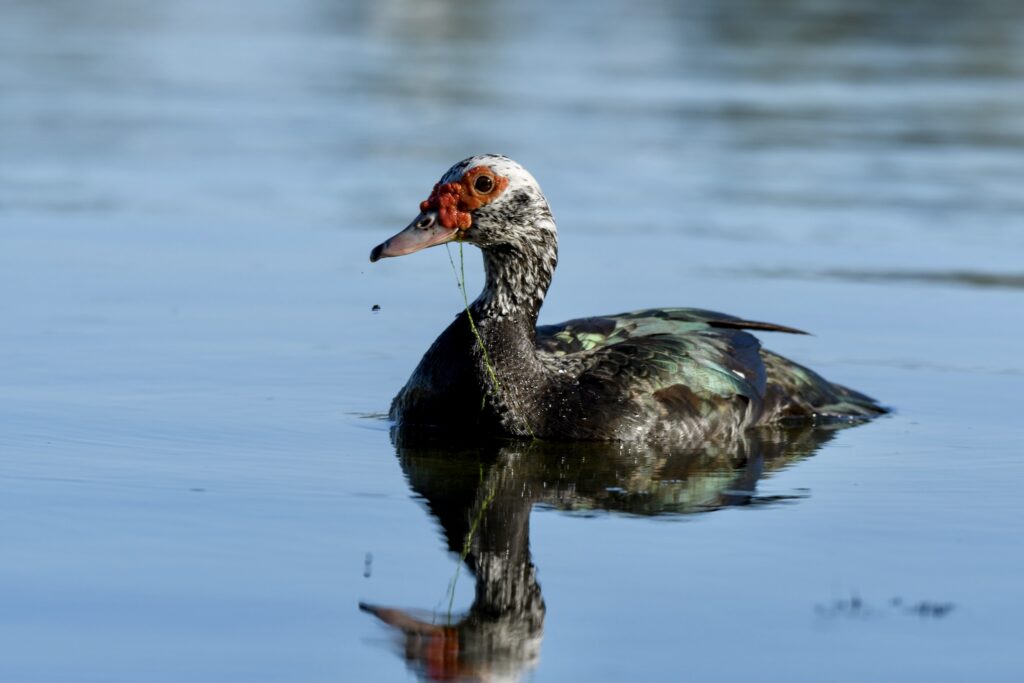2022 Taxonomy Update—Coming Soon!

Once per year, eBird updates all records in our database to reflect the latest ‘splits’, ‘lumps’, additions of new species, changes to scientific names, taxonomic sequence, and more. Whenever possible, we change your records for you to match the expected species when a split or lump occurs—this is one of the main services we provide at eBird. The full 2022 eBird Taxonomy Update is scheduled to begin on 25 October. Expect future updates to occur annually in October/November. Below are some additional things you should know about this process.
Changes may begin as early as 15 October. In the weeks leading up to the taxonomic update, some of your records may change (for example, some records become subspecies groups for a little while before changing back to species). Please DO NOT EDIT your personal records if you notice this. Reach out to eBird if you have questions.
| Submit all Not Submitted mobile checklists by 24 October. We strongly recommend submitting all “Not Submitted” checklists in eBird Mobile as soon as possible so we can implement the latest taxonomic changes to all of your lists. eBird Mobile may not be able to correctly transition your unsubmitted data across the taxonomic update. So open eBird Mobile, tap “Checklists” and submit anything under the “Not Submitted” tab by 24 October. |
This process is expected to take up to a week. As the changes begin to roll out on 25 October, you may see some species names appear in unexpected ways and may notice your life list numbers jumping around. This is expected as we try to update millions of records. We will post an announcement when the update is complete and you can expect stability again.
Additional details coming soon. Stay tuned for more information about the 2022 Taxonomy Update, including a post on the eBird homepage summarizing all of the changes on the day of the update.
What to expect in 2022
Overall, a net gain of 82 species will bring the global species total to 10,906. Among the notable changes are the recognition of five new species, including New Caledonian Storm-Petrel, two new birds from the Meratus Mountains of Borneo (Meratus Blue Flycatcher and Meratus White-eye), and the long-awaited description of the charismatic, unique, and enigmatic Inti Tanager.
Birders in the United States and Mexico should take note of the split of Chihuahuan Meadowlark (Sturnella lilianae) from Eastern Meadowlark (Sturnella magna). Chihuahuan Meadowlark is found in the southwestern USA and Pacific slope of Mexico.

Birders in the southwestern US and Pacific slope of Mexico may soon see Chihuahuan Meadowlark on their life lists. This species is being ‘split’ from Eastern Meadowlark. Chihuahuan Meadowlark © Ginger Spinelli / Macaulay Library.
In preparation for the full treatment of exotic species in My eBird, we have also made some changes to domestic taxa. While domesticated forms (e.g., birds with physical traits originating from domestic stock) are NOT considered a subset of the wild population, we will start treating them in a way that allows them to be summarized with wild forms in some contexts. The exotic tags will help keep track of when these “count” on lists and when they don’t.
Most changes won’t be noticeable, but Muscovy Duck (Established Feral) will be disappearing–all formerly “established feral” records will be treated as Muscovy Duck (Domestic type) going forward, with exotic tags to indicate where this species has become Naturalized. This is more in line with how we have treated Rock Pigeon, which has a similar case of feral (domestic) and wild forms.

The option to report Muscovy Duck (Established Feral) is being retired. All records of Muscovy Duck (Established Feral) will be treated as Muscovy Duck (Domestic type), with exotic tags to indicate where this form has become Naturalized. “Domestic type” Muscovy Ducks can be recognized by their mottled black-and-white plumage and pronounced facial knobs. Muscovy Duck (Domestic type) © Beth Price / Macaulay Library.
Also of note, 2022 begins the collaborative process of aligning global bird checklists, with the goal of a single consensus taxonomy going forward. It will take a few years for eBird to fully incorporate these changes but we are committed to improving the clarity, efficiency, and accuracy of bird taxonomy through support for this team effort.
